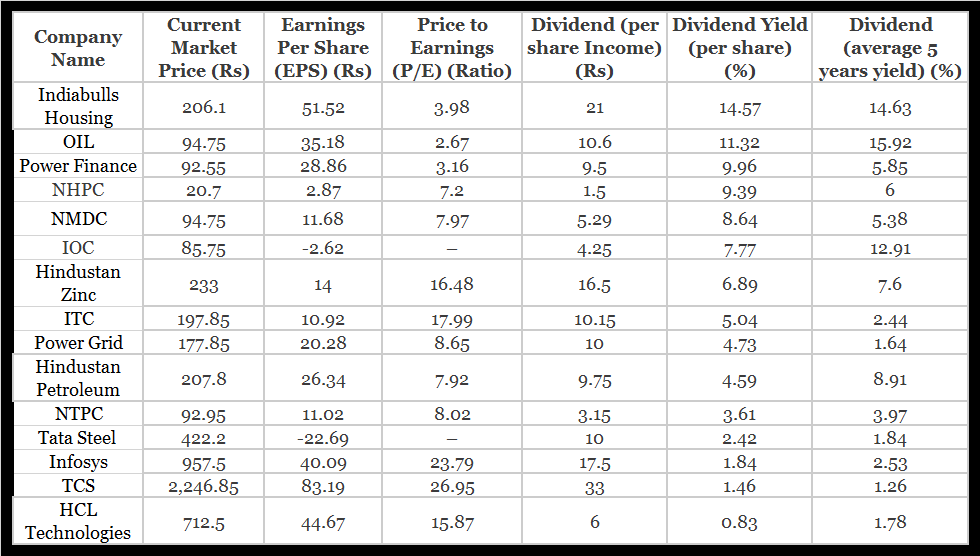National Institute of Mental Health. Depression is one of the most common forms and symptoms of mental illness in the United States with around 74 percent of adults suffering from depression.
 Products Data Briefs Number 167 October 2014
Products Data Briefs Number 167 October 2014
The prevalence of major depressive episode was higher among adult females 87 compared to males 53.
Percentage of americans with depression. In 2018 an estimated 72 of American adults had a major depressive episode in the past year 1. More than 16 percent of Americans -- as many as 35 million people -- suffer from depression severe enough to warrant treatment at some time in their lives according to the National Comorbidity. The National Institute of Mental Health NIMH estimates that 162 million US.
This number represented 71 of all US. About 33 million American adults. Women are nearly twice as likely to suffer from major depression than men.
81 of Americans aged at least 20 years old suffered from depression between 20132016 for at least two weeks This statistic helps us determine that depression incidence rates are quite high in the United States as well. However most studies find that when Black people do. Population age 18 and older in a given year.
Mental health effects of the COVID-19 pandemic have been profound researchers find. Only 617 of adults with MDD are receiving treatment. As of 2017 300 million people around the world have depression according to the World Health Organization.
Adults had at least one major depressive episode in 2016. The average age of onset is 31 years old. Once the pandemic hit that percentage jumped to 28 of respondents according to new survey data.
Affects approximately 15 percent of the US. Population age 18 and older in a given year. The nationally representative survey was conducted between March 31 and April 13 2020.
Depression Rates in America 15. Major depressive disorder affects approximately 173 million American adults or about 71 of the US. Depression is associated with diminished quality of life and increased disability 2.
Teens ages 12 to 17 or 32 million said they had experienced at least one major depressive episode in the past year up from 8 or 2 million in 2007 according to a Pew Research Center analysis of data from the 2017 National Survey on Drug Use and Health. According to data from the 2017 National Survey on Drug Use and Health 173 million adults in the United Statesequaling 71 of all adults in the countryhave experienced a major depressive episode in the past year. Approximately 95 of American adults ages 18 and over will suffer from a depressive illness major depression bipolar disorder or dysthymia each year.
A third of Americans are showing signs of clinical anxiety or depression Census Bureau data shows the most definitive and alarming sign yet of. In 2017 13 of US. Learn more depression facts and figures that can help you better understand this widespread condition.
This represents 67 percent of the US. Published by John Elflein Jul 7 2020. Persistent depressive disorder or PDD formerly called dysthymia is a form of depression that usually continues for at least two years.
Bipolar disorder sometimes referred to as manic-depressive disorder is characterized by dramatic shifts in mood energy and activity levels that affect a persons ability to carry out day-to-day tasksThese shifts in mood and energy levels are more severe than the normal ups and downs that are experienced by everyone. One study found a lifetime depression rate of 104 among Black people and 179 among white people. An estimated 173 million adults in the United States had at least one major depressive episode.
National Institute of Mental Health Major Depression 2017 Major depressive disorder is more prevalent in women than in men. Notice how the study is based on a 2-week timeframe. About 9 percent of American adults from all walks of life suffer from some form of depression.
Nearly 25 of Americans are depressed particularly those.

-logo-who.png?sfvrsn=b15e3742_18)






/pregnancy-complications-a2-3520999-51ad228b4e5444a2b7be6eb10169359f.png)


